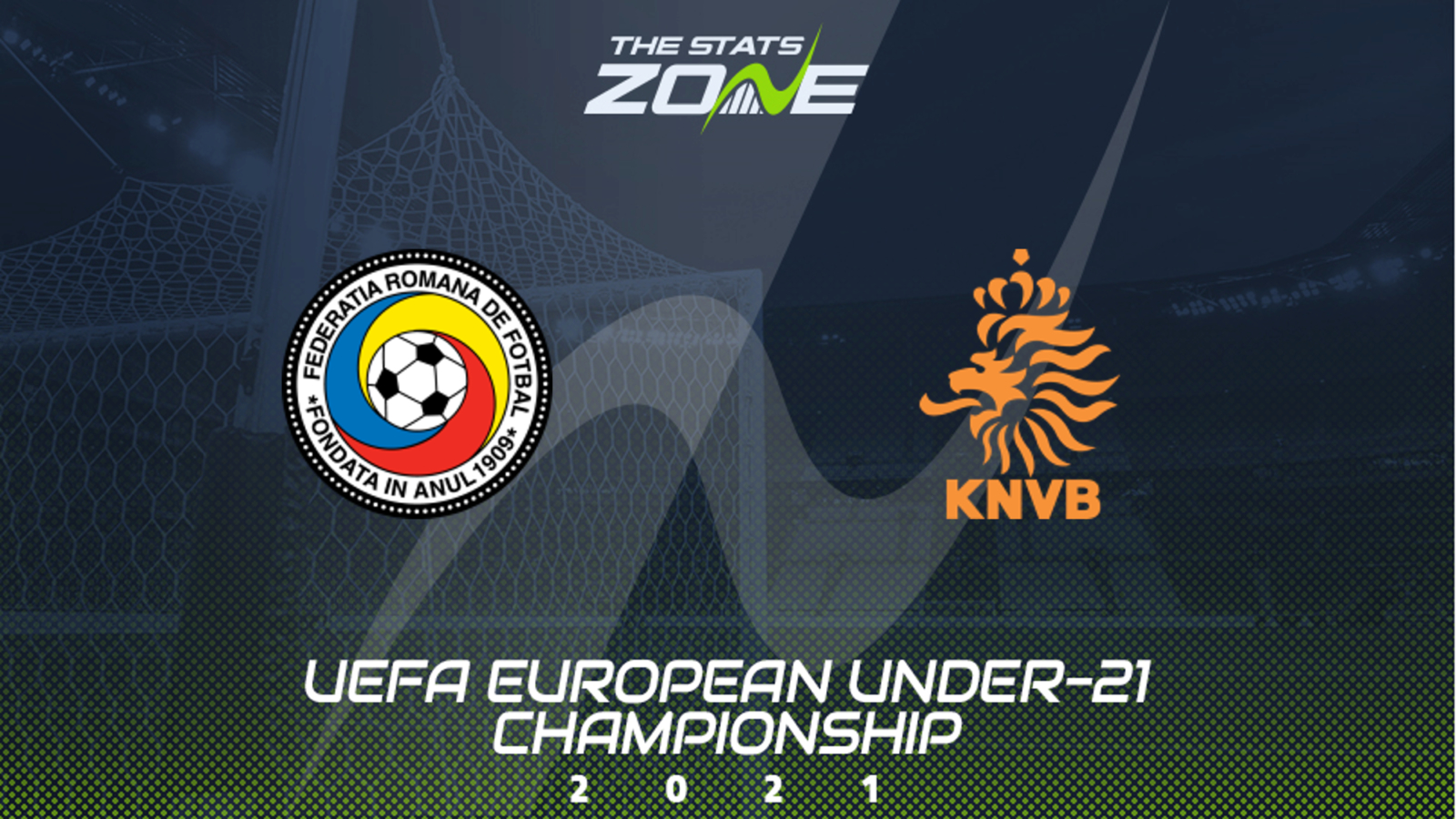Historical Context

Romania vs netherlands – Romania and the Netherlands share a rich and diverse history that has shaped their respective cultures, economies, and political systems. Both countries have experienced periods of great prosperity and adversity, and their histories are intertwined with the broader tapestry of European history.
Romania’s history dates back to the ancient Dacians, who inhabited the region from the 1st century BC to the 2nd century AD. The Dacians were conquered by the Romans in 106 AD, and the region became a Roman province known as Dacia. After the fall of the Roman Empire, Dacia was overrun by a succession of barbarian tribes, including the Goths, Huns, and Slavs.
The rivalry between Romania and the Netherlands in the football field has been intense, but in the realm of international diplomacy, their relationship has been more nuanced. In contrast, the France vs Portugal matchup has been marked by both camaraderie and competition, reflecting the complex tapestry of European history.
Yet, the diplomatic dance between Romania and the Netherlands continues, shaping the geopolitical landscape of the continent.
Political Systems
Romania and the Netherlands have different political systems. Romania is a semi-presidential republic, with a president who is elected by popular vote and a prime minister who is appointed by the president. The Netherlands is a constitutional monarchy, with a king or queen who is the head of state and a prime minister who is the head of government.
Both countries have multi-party systems, and their parliaments are elected by popular vote. However, the Netherlands has a more proportional electoral system than Romania, which means that smaller parties have a better chance of winning seats in parliament.
Economic Systems
Romania and the Netherlands have different economic systems. Romania is a mixed economy, with a combination of private and state-owned enterprises. The Netherlands is a market economy, with a strong emphasis on free trade and private enterprise.
The crowd cheered wildly as Romania faced off against the Netherlands, their chants echoing through the stadium. Yet, amidst the fervor, a hush fell over the crowd as the name “Jesus Valenzuela” whispered through the stands. The enigmatic figure, known for his unwavering faith , had somehow made his way onto the pitch.
As the game resumed, Romania’s players found themselves invigorated, their hearts filled with both hope and trepidation as they faced the formidable Dutch.
Both countries are members of the European Union, and their economies are closely integrated with the rest of the EU.
Economic and Cultural Comparison

Romania and the Netherlands, despite their geographical distance, exhibit both stark contrasts and intriguing similarities in their economic and cultural landscapes. This comparative analysis delves into the intricacies of their GDP, industries, trade relations, language, traditions, and arts.
Economic Landscape
In terms of economic prowess, the Netherlands stands as a formidable force, boasting a significantly higher GDP per capita than Romania. The Dutch economy is primarily driven by services, with a substantial contribution from agriculture and industry. Romania, on the other hand, has a more diversified economy, with significant sectors in agriculture, manufacturing, and tourism.
Both countries actively engage in international trade, with the Netherlands being a major exporter of agricultural products, machinery, and chemicals. Romania, in contrast, primarily exports textiles, machinery, and automobiles. Notably, the Netherlands serves as a significant investor in Romania, contributing to the latter’s economic growth.
Cultural Differences and Similarities, Romania vs netherlands
Culturally, Romania and the Netherlands possess distinct identities yet share certain commonalities. The Romanian language belongs to the Romance language family, while Dutch is a Germanic language. Despite this linguistic divide, both nations have a rich literary tradition, with renowned authors like Eminescu in Romania and Anne Frank in the Netherlands.
Traditional Romanian culture emphasizes folklore, music, and dance, while Dutch culture is characterized by its openness, liberalism, and emphasis on design. However, both countries share a deep appreciation for the arts, with notable contributions in painting, sculpture, and architecture.
Foreign Policy and International Relations: Romania Vs Netherlands

Romania and the Netherlands have distinct foreign policies shaped by their historical, geopolitical, and economic interests. While both nations prioritize European integration and cooperation, they differ in their approaches to international alliances and diplomatic relations.
Involvement in International Organizations and Alliances
Both Romania and the Netherlands are active members of the European Union (EU), NATO, and the United Nations. Romania joined the EU in 2007 and NATO in 2004, while the Netherlands has been a founding member of both organizations since their inception.
Within the EU, Romania aligns itself with the European People’s Party (EPP) and supports the further integration of the bloc. The Netherlands, on the other hand, is part of the Alliance of Liberals and Democrats for Europe (ALDE) and has been more cautious in its approach to European integration.
Diplomatic Relations
Romania maintains strong diplomatic relations with its neighbors, particularly Hungary, Bulgaria, and Serbia. It also has close ties with the United States and Israel.
The Netherlands has a long history of diplomatic relations with countries around the world, including its former colonies in the Caribbean and Southeast Asia. It has particularly strong ties with Germany, France, and the United Kingdom.